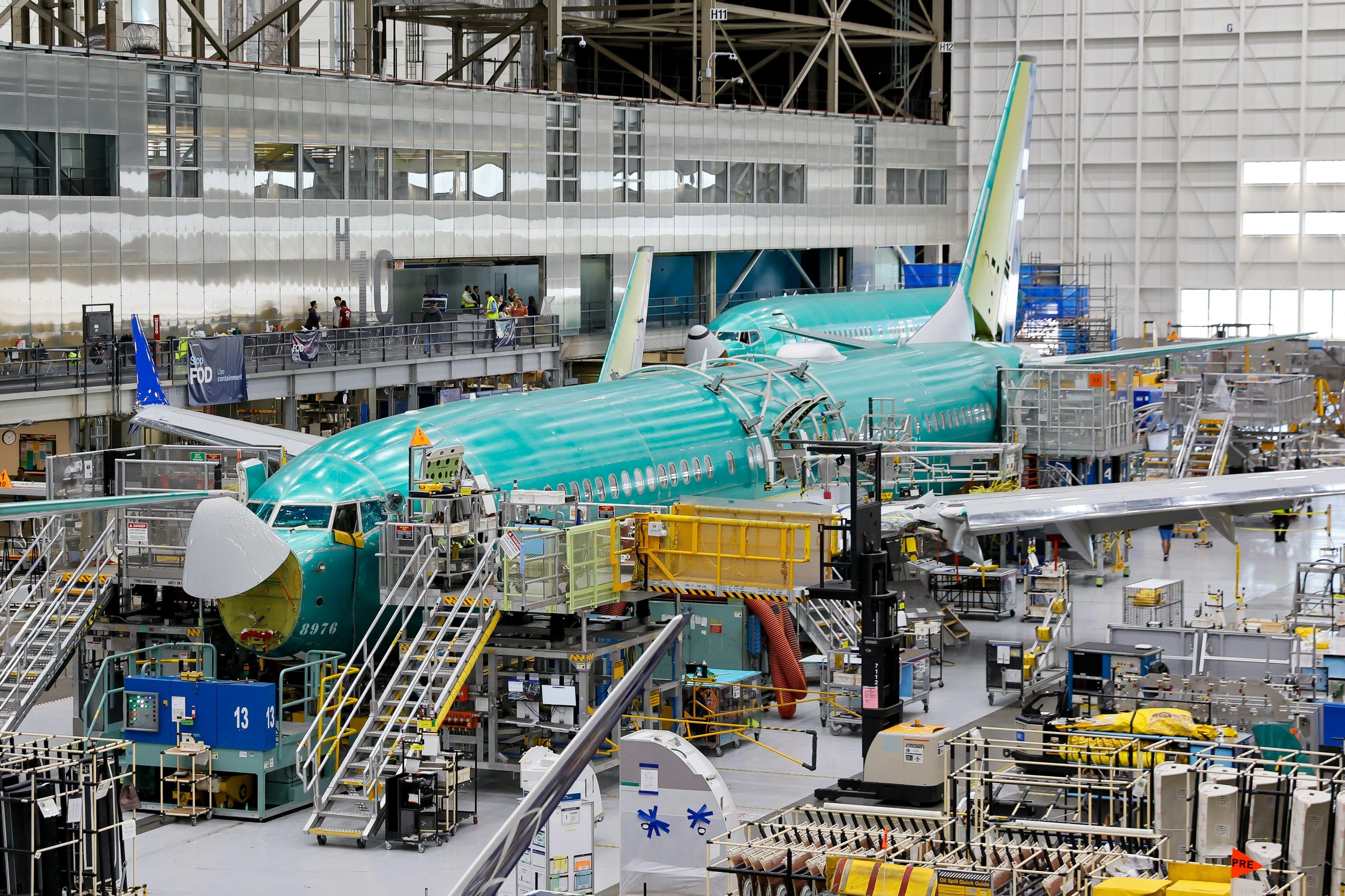
AeroGenie — Uw intelligente copiloot.
Trending
Categories
Loganair Unveils Fuel for Its First Zero-Emission Aircraft
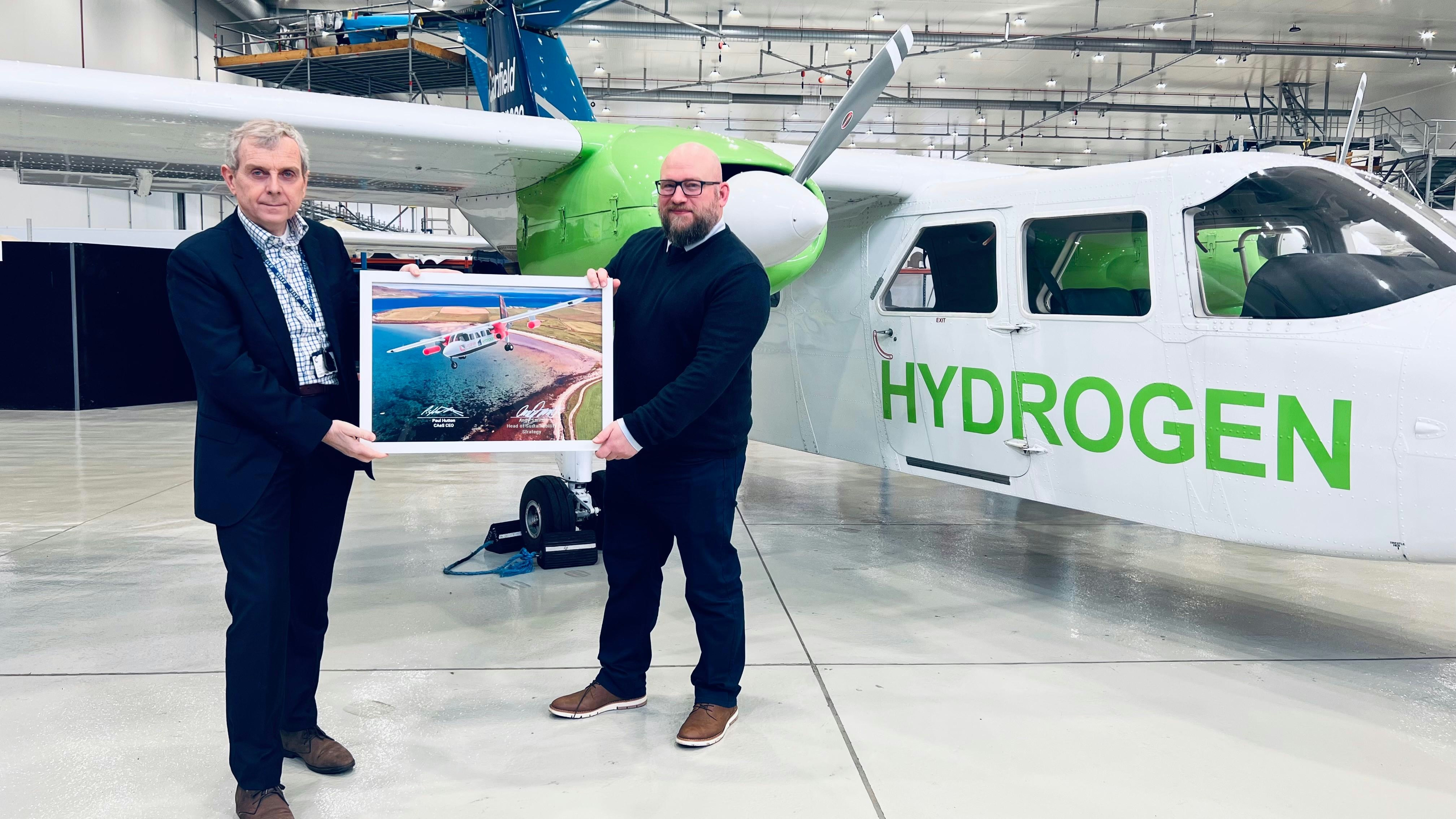
Loganair Advances Hydrogen Fuel Technology for Zero-Emission Flights
Glasgow-based regional airline Loganair has announced a pivotal development in its pursuit of zero-emission air travel, opting to power its first emissions-free flights with hydrogen engines rather than hybrid-electric systems. This strategic shift follows a new partnership with ZeroAvia, an engine developer specialising in hydrogen propulsion, which plans to retrofit existing aircraft such as the Twin Otter. The Twin Otter, a workhorse for Loganair, currently transports approximately 13,000 passengers annually over the iconic beach runway at Barra.
A Strategic Shift Towards Hydrogen
Loganair’s chief executive, Luke Farajallah, acknowledged a rapid evolution in the viability of hydrogen technology compared to hybrid-electric alternatives. Reflecting on the change in perspective over the past year, Farajallah stated, “A year ago, it looked quite different and things have moved very quickly.” He emphasised that retrofitting existing aircraft with hydrogen engines is likely to be more practical and expedient than introducing entirely new aircraft models with novel propulsion systems. “Bringing a new aircraft to market with a new engine is going to be much harder. I think it’s more likely the engine space will be filled first,” he explained.
This development marks a notable pivot from Loganair’s previous sustainability initiatives. Last year, the airline entered into an agreement with Heart Aerospace to support the development of the ES-30, a 30-seat aircraft powered by batteries and conventional aviation fuel. The recent collaboration with ZeroAvia, however, signals a stronger commitment to hydrogen technology. Farajallah praised ZeroAvia as “particularly smart and agile,” highlighting the company’s rapid progress in hydrogen engine development. The opening of a ZeroAvia factory near Glasgow Airport further cements this partnership.
Collaboration and Challenges Ahead
Loganair envisions a collaborative effort involving the Scottish Government, which leases the Twin Otters to the airline, to introduce Scotland’s first fully hydrogen fuel cell-powered aircraft. Farajallah suggested that a tri-partite partnership between Loganair, ZeroAvia, and the Scottish Government could see the Twin Otter operating hydrogen-powered flights into Barra, a significant milestone for sustainable regional aviation in Scotland.
Despite the optimism surrounding hydrogen propulsion, Loganair faces considerable challenges. The high initial costs associated with developing and deploying new technologies, the establishment of hydrogen refuelling infrastructure, and navigating regulatory frameworks remain significant hurdles. Nonetheless, the market outlook is encouraging, supported by increasing consumer demand and governmental backing for sustainable aviation solutions. Competitors in the sector may respond with similar green initiatives or invest in alternative technologies such as sustainable aviation fuel (SAF).
The broader aviation industry is intensifying its decarbonization efforts, with growing emphasis on SAF and proposals to extend the Emissions Trading System (ETS). Concurrently, the proton exchange membrane fuel cell market, essential for hydrogen-powered flight, is projected to expand rapidly, offering further opportunities for technological innovation.
As Loganair prepares to launch its first zero-emission passenger flights in the early 2030s, the airline’s commitment highlights Scotland’s ambition to become a leader in sustainable regional aviation.
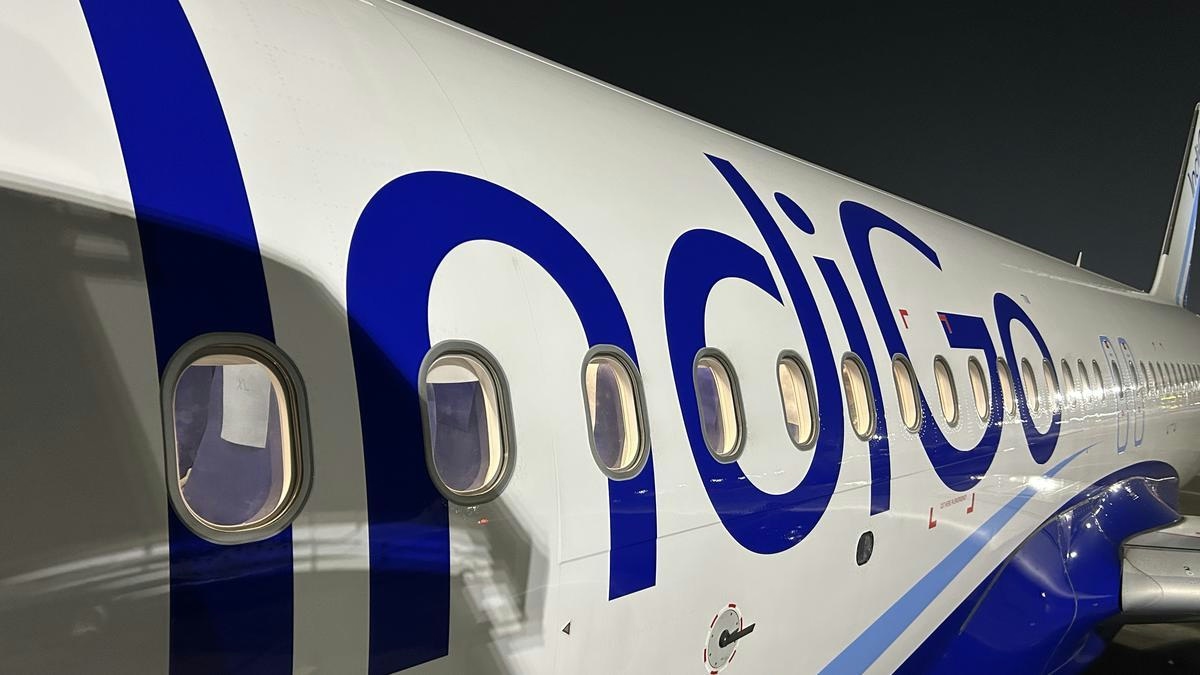
IndiGo to Deploy Wide-Body Aircraft on Vijayawada-Hyderabad Route, Says MP
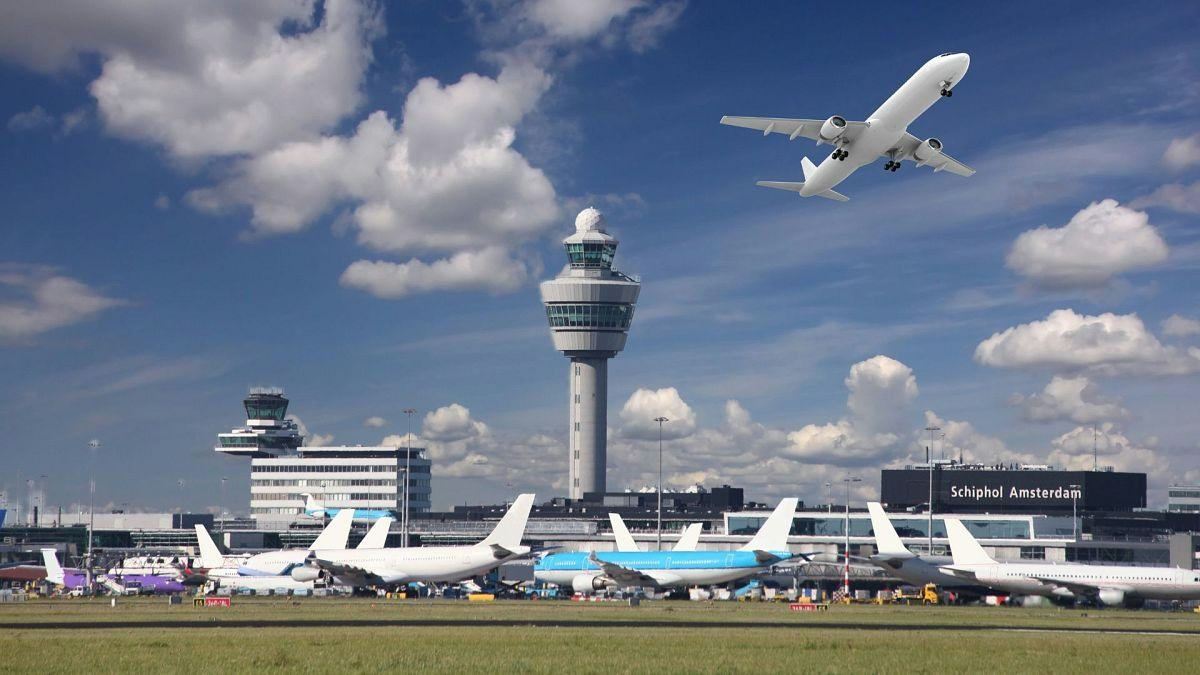
Europe Unveils New Aviation Strategy to Promote Cleaner, Faster Flights
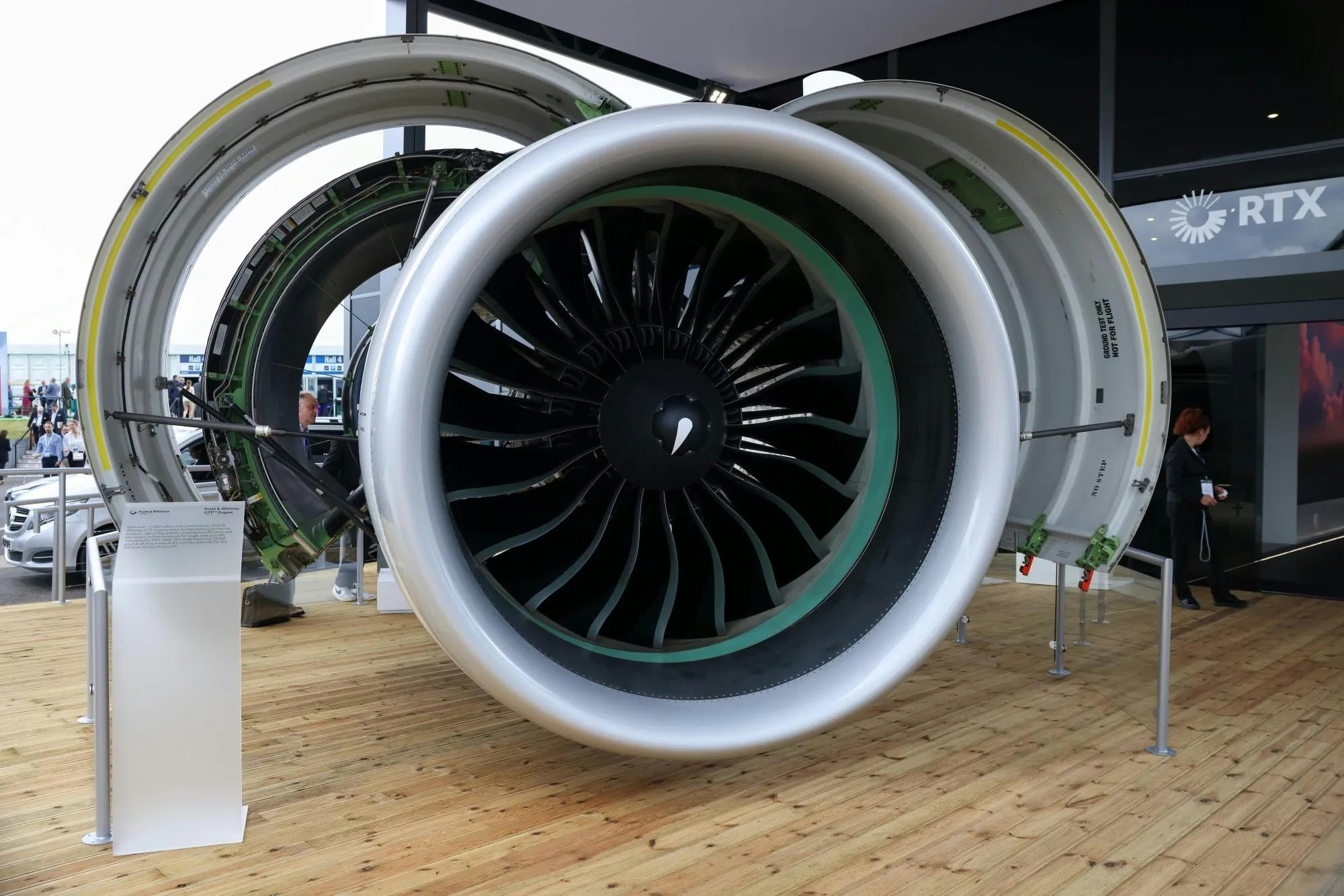
Spirit Signs Agreement with Pratt & Whitney Units on Aircraft Engines

ADB SAFEGATE Receives Industry Awards for Marketing, R&D, and Social Impact

GA Telesis Secures Five-Year Landing Gear Overhaul Agreement with Major U.S. Carrier

Government Strengthens Aviation Safety Framework Amid AI-171 Investigation

NASA Software Raises Bar for Aircraft Icing Research

Dans and Emirates Aviation University Partner on AI Air Traffic Management Research
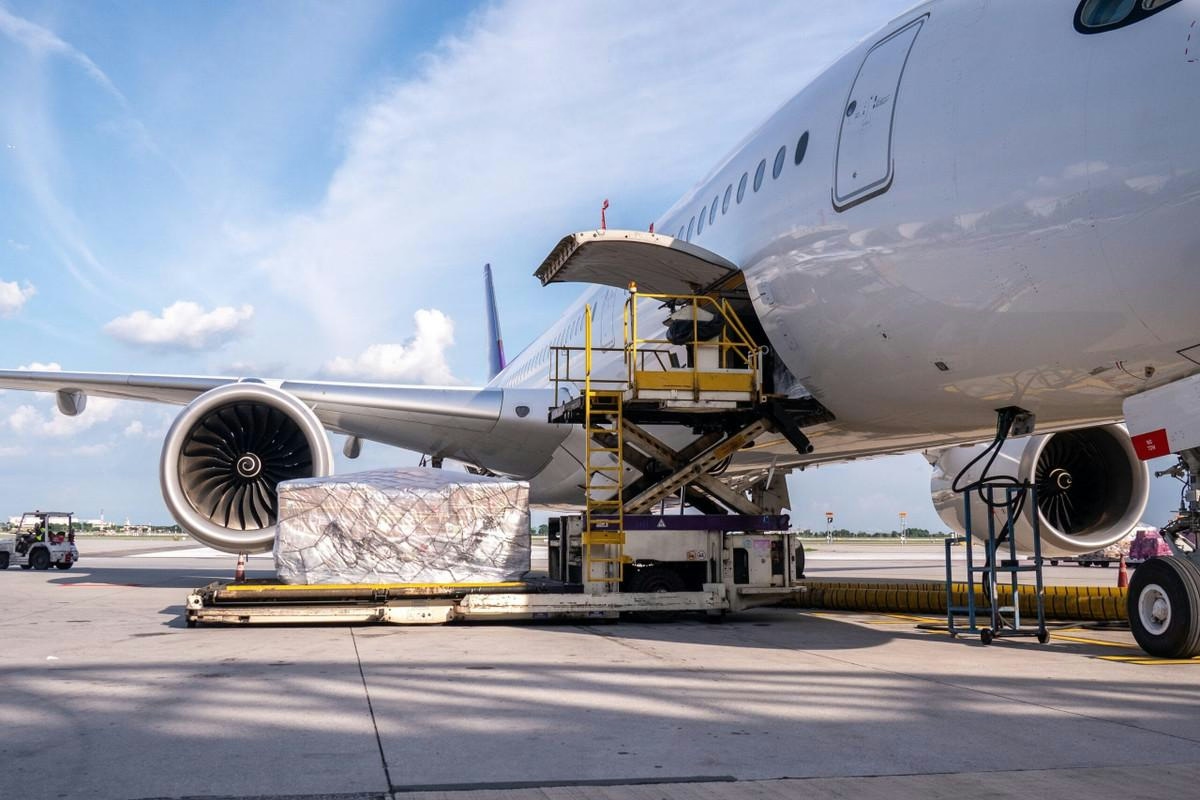
Nigus and AXISCADES to Develop Nigeria’s First Major Aviation MRO Hub
